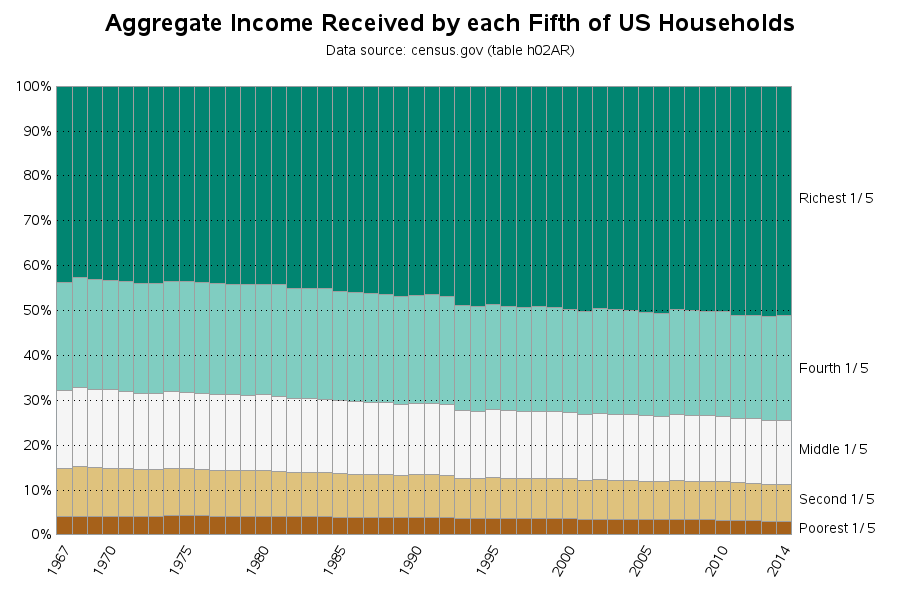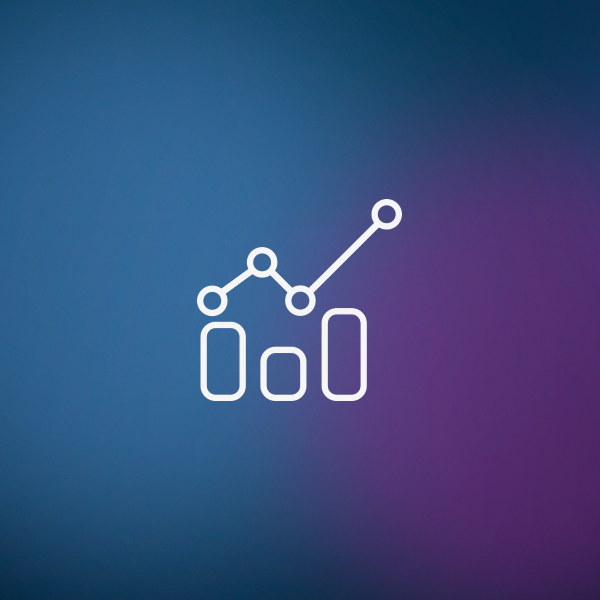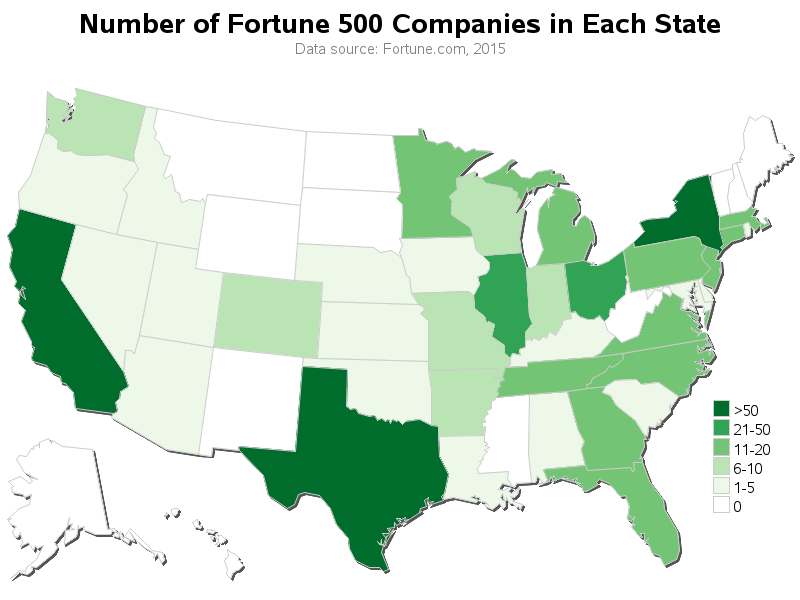All Posts

I hear a lot of talk about income inequality in the US ("the rich get richer..." and such) - especially as elections approach. I also see a lot of graphs, and they all seem to define their numbers slightly differently. I'm not in a position to improve the way income

You can use SAS to generate random integers between 1–10 or in the range 1–100. This article shows how to generate random integers as easily as Excel does. I was recently talking with some SAS customers and I was asked "Why can't SAS create an easy way to generate random

The Internet of Things (IoT) is a revolutionary approach that will radically change our lives, our way of integrating with technology, and the way we do business and marketing. Companies have already defined a strategic plan for collecting and organizing data coming from the IoT. The next step is to

The SAS Analytics 2015 Conference is coming soon. It is my first time attending, so when I discovered that the conference is in Las Vegas, I must admit I became more than a little excited to partake in some casual gambling. My thing is sports betting, specifically college football, and

I highly recommend The Organized Mind by Daniel J. Levitin. Since reading it I have changed the way I approach daily tasks and technology. I’ll share some nuggets and strategies I have implemented but encourage you to read the book as it contains a wealth of information. You can also hear Levitin on the Diane Rehm

Recently, I interviewed four higher education customers to hear firsthand how each is using analytics in real life (IRL). In this blog series, we will learn how educators are using analytics, why they chose SAS, and the impact it has had on their users and their institutions. In addition, they
.@philsimon on bridging the IT-business divide once and for all.

For students to become capable data analysts, they need experience that they can take with them into the real world after graduation. By far the most critical skill for their toolkit is learning to work with real-life data. Therefore, it is important from a teaching standpoint that instructors provide students

Hoy en día el Big Data está de moda, hace presencia en todas las empresas, sin importar el sector al que pertenezcan y las compañías caen en la desinformación que tener un gran número de datos es sinónimo de conocimiento. Todas las empresas quieren hacer uso de los datos, y
Black Dog Syndrome may sound like the clinical term for a Led Zeppelin earworm but, as any animal shelter worker will tell you, it actually describes the challenge black dogs face in getting adopted. This phenomenon is in the spotlight today because Oct. 1 is National Black Dog Day! Black

Every year, Fortune magazine compiles a list of the 500 largest US corporations - called the Fortune 500. Their list was a bit difficult to digest in text-form, so I thought I'd try using some maps & graphs on the data ... For a map analysis, I thought it would

If I were to believe the feedback I get, statisticians are among the most difficult people to work with. What’s more, they’re the only group that should be allowed to work in data analytics. It sounds harsh, but this may explain why big data projects continually fail. Businesses need statisticians who are both
SAS Administrators are frequently asked to log and report on which users are accessing SAS tables. This functionality is often requested by companies who, for regulatory compliance, need to track who is accessing data. In my next couple of blogs I will show how you can audit data access. In this first blog

This guest post was written by Andy Pulkstenis, Director of Advanced Analytics for State Farm Insurance. He leads a team of advanced analytics professionals providing statistical analysis and predictive modeling support for the enterprise across a variety of business units. His background includes more than a decade of experience improving

Das Big Data Lab ist der beste Weg hin zum innovativen und profitablen Umgang mit Big Data. Aber welche organisatorischen Weichenstellungen führen eigentlich zum Erfolg? In meinem letzten Blog habe ich die wichtigsten Erfolgsfaktoren eines Innovationslabors für datenbasierte Use Cases skizziert: Experimentieren erlauben, Agilität ermöglichen und schnelles Scheitern (als Chance!)













